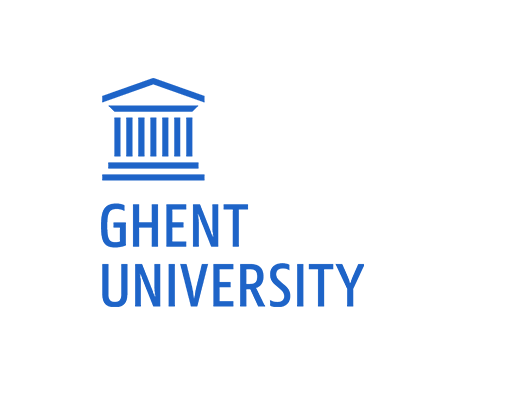Les élections législatives du 24 novembre 1991 : Analyse des résultats
- William Fraeys
Abstract
Organized after an almost complete term of office, but the end of which was marked by the resurgence of the community-linked problems and by the departure of the Ministers of the Volksunie, the parliamentary elections of 24th November 1991 will remain characterized by the punishment inflicted by apart of the voters, not only on the majority's parties, but also on the traditional parties as a whole.
The opposition of the dissatisfied voters did not show itself either in a reduced participation to the vote, a rather normal phenomenon in a country where voting is compulsory, or in a rise of the blank and spoilt ba/lot papers. The 1991 figures are, in these respects, very similar to the average figures of the last thirty years.
The opposition was first characterized by high variations in the choice of the voters, which dit not, however, exceed the size of the movements noticed at previous elections. The rate of external mobility, as computed by us, is ranked fifth among the 22 levels that have been counted since universal suffrage has been introduced in Belgium. In 1991, this rate was the highest in Brussels, which is traditional, but it was also considerably higher in Flanders than in the Walloon Region, which quite seldom happens.
Then, the opposition found expression in a setback for the Jour ruling parties.
This set back amounted to about 8% and even 10% if account is taken of the Volksunie which was part of the Government until the very last weeks before the dissolution of the Houses of Parliament. Such a setback for an outgoing majority is not exceptional; a more unusual phenomenon lies in the f act that this decline was not profitable, on the whole, to the third traditional "family", i.e. the Liberals. As a result of this simultaneous setback for the three traditional families, these total only about 70% of the valid votes, which is the worst result of the whole Belgian electoral history.
The political formations that are progressing are the Ecologists, on the one hand, and the far-right lists, on the other hand. Ecolo improves its results considerably in the Walloon Region and in Brussels, without however reaching the level obtained at the 1989 European elections, while Agalev only registers a slight progress.
On the contrary, the winner of the elections in the Flemish Region, is unquestionably
the Vlaams Blok, as well as the "Rossem" lists that draw some 5% of the angry voters.
If the far-left trend has almost disappeared from the Belgian political scene, the far-right parties, on the contrary, are making a breakthrough on it. The current made up by the Vlaams Blok and the openly far-right lists wins a bit less than 8% of the votes in the whole country. It is likely, however, that those who voted for the Vlaams Blok do not all adhere to the far-right ideas, but that some of them are attracted by the Flemish autonomist stands. The real electoral power of the far-right parties can then be assessed at 6 to 7%, which is much more than in 1987, hut does not make a record in comparison with other European countries.
The votes of opponents without any clear political orientation, the bulk of which is won by the "Rossem" lists, amount to some 3%, which is new for Belgium.
In a country where voting is optional, many of these voters would probably have stayed at home.
This being so, and as f ar as these concepts still remain meaningful, the Belgian electoral pendulum shifted some 5% towards the right, at the expense of the left for more than 3% and the centre for a bit less than 2%.
As far as the Parliament is concerned, the situation is clear in the Walloon Region and in the French-speaking Community where the Socialist Party, by far the most important party, is almost inevitable. It is however much more vague on the Flemish side, where the CVP's setback and the dispersion of the polical farces make several types of coalitions possible.
How to Cite:
Fraeys, W., (1992) “Les élections législatives du 24 novembre 1991 : Analyse des résultats”, Res Publica 34(2), 131-153. doi: https://doi.org/10.21825/rp.v34i2.20332
Downloads:
Download pdf
View PDF
